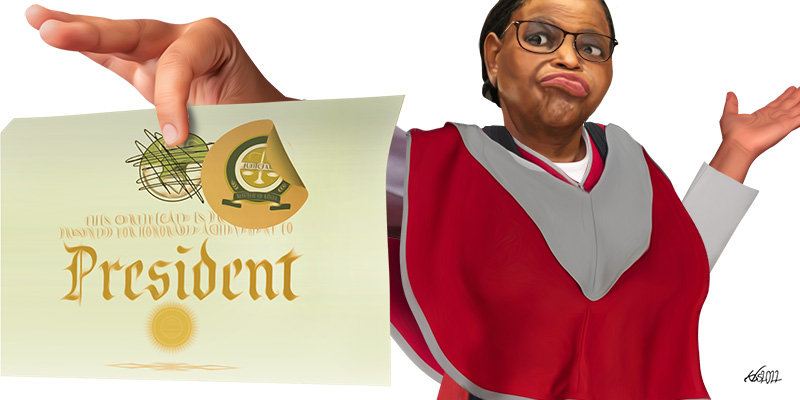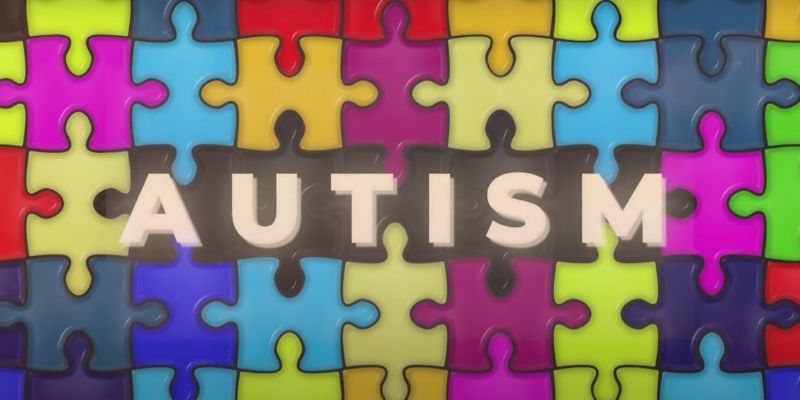Even before the 9 August general election, it was expected that the loser of the Kenyan presidential contest would petition the Supreme Court to arbitrate over the outcome. Predictably, the losing party, Azimio La Umoja-One Kenya Coalition, petitioned the court to have William Ruto’s win nullified on various procedural and technical grounds. Azimio’s case was predicated on, among others, three key allegations. First, that William Ruto failed to garner the requisite 50 per cent plus one vote. Second, that the Independent Electoral and Boundaries Commission (IEBC) chairman Wafula Chebukati had announced the outcome without tallying and verifying results from seven constituencies. Finally, that the commission could not account for 250,000 votes that were cast electronically.
As we know, Azimio lost the case as the judges dismissed all the nine petitions that the party had filed, unanimously finding that William Ruto had won fairly.
Adjudicating electoral fallouts
Since its inception in 2010, the Supreme Court has played a decisive role in adjudicating fallouts linked to contentious presidential politics in Kenya, with the court deliberating on the outcome of three out of the four presidential elections held after its inauguration. Prior to this, the losing party had no credible institutional mechanism of redress and electoral disputes were generally resolved through mass political action (as in 2007) or consistent questioning of the legitimacy of the winner (as in 1992 and 1997).
The Supreme Court’s presence has, therefore, been crucial in providing losers with an institutionalised mechanism to channel dissent, with the court operating as a “safety valve” to diffuse political tensions linked to presidential elections. It is, hence, impossible to conceive of the relatively peaceful elections held in 2013, 2017 and 2022 without the Supreme Court whose mere presence has been key in discouraging some of the more deadly forms of political rivalry previously witnessed in Kenya.
Relentless petitioning
While the Azimio leadership were right to petition the court in the recent election, first because this successfully diffused the political tensions among their supporters, and second because the court was expected to provide directions on IEBC conduct in future elections, it was clear that Raila Odinga’s relentless petitioning of the court in the previous two elections, and the nullification of the 2017 elections, was in essence going to be a barrier to a successful petition in 2022.
In so far as the court had nullified the 2017 elections, the evidential threshold required for any subsequent electoral nullification was going to be substantially high for any petitioner. The relentless petitioning of the court and the nullification of the 2017 elections had in essence raised the bar for the burden of proof, which lay with the petitioner(s) and, therefore, reduced the probability of a successful petition.
The Supreme Court’s presence has been crucial in providing losers with an institutionalised mechanism to channel dissent.
The reason for this is both legal and political. Legal in the sense that the IEBC is expected to conduct the elections under the law, which, among other issues, requires that the electoral process be credible and the results verifiable before any certification is made, otherwise the election is nullified, as was the case in 2017. It is political because the power to select the president is constitutionally, hence politically, delegated to the Kenyan people through the ballot, unless electoral fraud infringes on this, again as was the case in 2017.
The court in its deliberation must, therefore, balance the legal-political trade-off in its verdict in search of a plausible equilibrium. For instance, while the majority of Azimio supporters had anticipated a successful petition based on the public walkout and dissent by the four IEBC commissioners, it seems that the decision to uphold the results displayed the court’s deference to political interpretation of the law by issuing a ruling that did not undermine the Kenyan voters’ right to elect their president.
While the settlement of legal-political disputes by a Supreme/Constitutional court is a common feature across democracies, and continuously being embedded in emerging democracies like Kenya, it does seem that in this election, the political motivations for upholding the vote outweighed the legal motivations for nullifying it. In essence, the court demonstrated its institutional independence by ruling against the Kenyatta-backed Azimio candidate due to insufficient evidence.
Supreme Court power grab
A counterfactual outcome where the evidential threshold for the nullification of presidential results is low would foster a Supreme Court power grab, in lieu with the 2017 nullification, by marginalising the sovereign will of Kenyans to elect their president.
In many ways, nullification of the results would also have incentivised further adversarial political behaviour where every electoral outcome is contested in the Supreme Court even when the outcome is relatively clean, as in the case of the 2022 elections.
It is this reason (among others) that we think underlined the Supreme Court justices’ dismissal of Azimio’s recent petition. The justices ultimately dismissed the evidence presented by the petitioners as “hot air, outright forgeries, red herring, wild goose chase and unproven hypotheses”, setting a clear bar for the standard of evidence they expect in order to deliberate over such an important case in the future.
In essence, the court demonstrated its institutional independence by ruling against the Kenyatta-backed Azimio candidate due to insufficient evidence.
Since the earth-shaking nullification of the 2017 elections, the Supreme Court transcended an epoch, more political than legal by “invading” the sovereign space for Kenyans to elect their president, thereof setting a precedence that any future successful petition to contest a presidential election requires watertight evidence.
In a sense, Azimio were victims of Odinga’s judicial zealotry and especially the successful 2017 petition. In so far as the evidence submitted to the Supreme Court by Azimio in 2022 was at the same level or even lower than the 2017 base, their case at the Supreme Court was very likely to be dismissed and even ridiculed as the justices recently did.
The precedent set by the 2022 ruling will, actually, yield two positive political outcomes. First, it will in the future weed out unnecessary spam petitions that lack evidence and rather increase needless political tensions in the country. Second, it has signalled to future petitioners, that serious deliberations will only be given to petitions backed by rock-solid evidence.
Missed opportunity
From the recent ruling, it is evident that the judgement fell far below the precedent set in 2017. The 2017 Supreme Court ruling that the IEBC should make the servers containing Form 34A publicly available, was crucial in improving the credibility of the 2022 elections, by democratising the tallying process. At a minimum, the expectation was that the justices would provide a directive on the recent public fallout among the IEBC commissioners with regard to future national tallying and announcement of presidential results.
By dismissing the fallout as a mere corporate governance issue, the justices failed to understand the political ramifications of the “boardroom rupture”. What are we to do in the future if the IEBC Chair rejects the results and the other commissioners validate the results as credible?
Additionally, by ridiculing the petitioners as wild goose chasers and dismissing the evidence as “hot air”, the justices failed to maintain the amiable judicial tone necessary to decompress and assuage the bitter grievances among losers in Kenya high-octane political environment.
In a sense, Azimio were victims of Mr Odinga’s judicial zealotry and especially the 2017 successful petition.
The Supreme Court ought to resist the temptations of trivializing electoral petitions, as this has the potential of triggering democratic backsliding, where electoral losers might opt for extra-constitutional means of addressing their grievances as happened in December 2007. It is not in the petitioners’ place to ascertain whether their evidence is “hot air” or not, but for the court to do so, and in an amiable judicial tone that offers reconciliation in a febrile political environment.
The precedent set by the 2017 ruling that clarified the ambiguities related to the IEBC’s use of technology to conduct elections, set an incremental pathway towards making subsequent elections credible and fair, and increased public trust in the key electoral institutions in Kenya.
The justices, therefore, need to understand that their deliberations hold weight in the public eye and in the eyes of political leaders. Therefore, outlining recommendations to improve the IEBC’s conduct in future elections is a bare minimum expectation among Kenyans. In this case, while they provided some recommendations, they failed to comprehensively address the concerns around the walk-out by the four IEBC commissioners.
At the minimum, chastising the IEBC conduct was necessary to consolidate the electoral gains made thus far but also recalibrate institutional imperfections linked to how elections are to be conducted and, especially, contestations around the role of the commissioners in the national tallying of results in the future.
–
This article is part of our project on information and voter behaviour in the 2022 Kenyan elections. The project is funded by the Centre for Governance and Society, Department of Political Economy, King’s College London.








